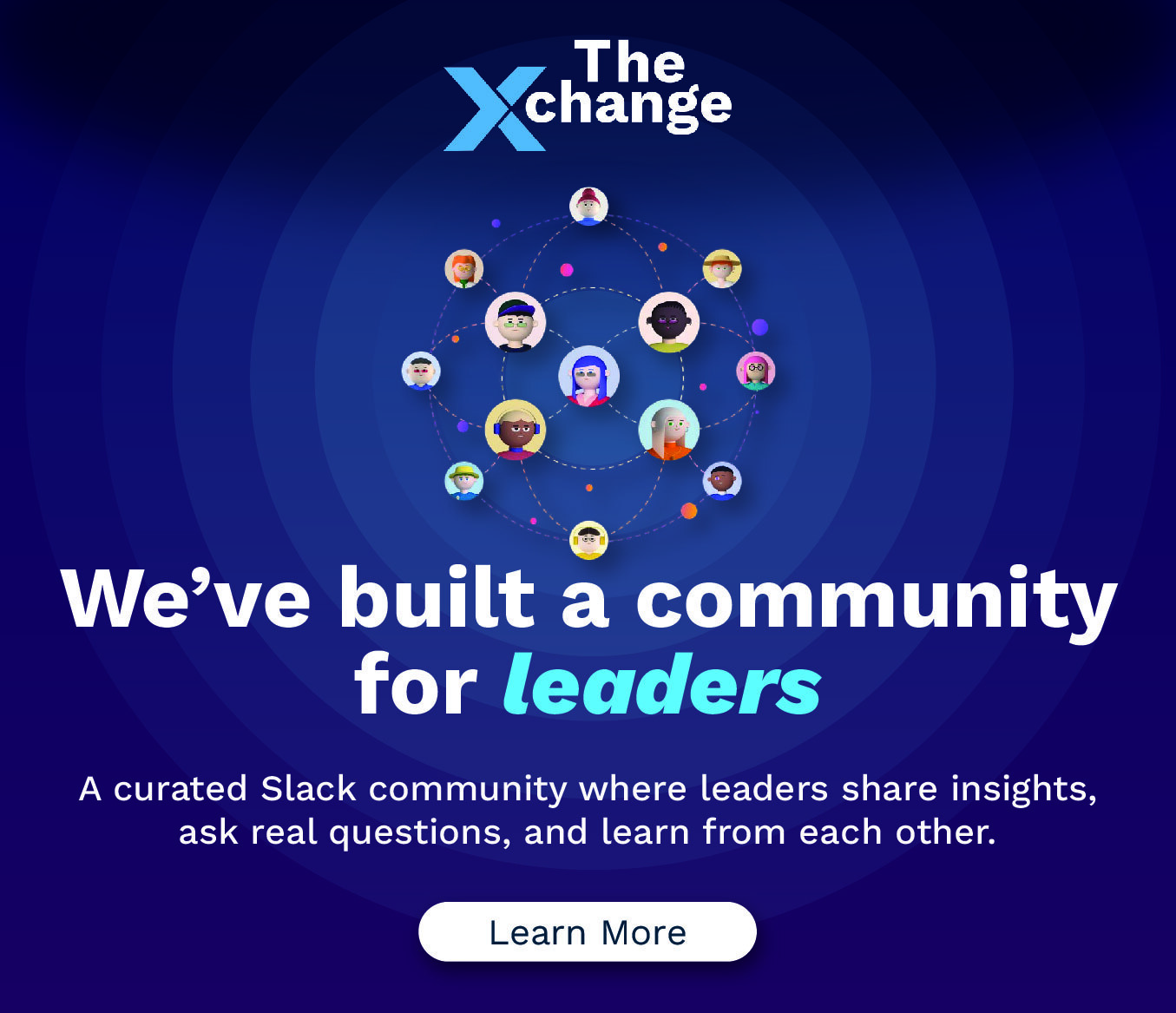
10-Point Guide to Training Content Development
Summarize with:
Training is the stepping stone to creating efficient employees in an organization. Therefore, the foundation has to be laid right to achieve the desired results. By foundation, we mean the content of your training program.
But why are we giving so much importance to training content development?
Sure, you can create a guide or a manual on how to do certain tasks and operations within your organization. Yet, modern-day employees do not quite prefer standard off-the-shelf content. You need to talk to them, understand their learning needs and learning styles, and create training content that is customized to their specific needs and job roles.
The hallmarks of effective training content are:
- Keeps the employees engaged
- Betters knowledge retention
- Improves employee productivity
- Increases employee motivation
Of course, certain aspects need to be addressed and identified before you start with your training content development process. This blog will guide you through 10 easy points on how to train your employees with the correct content!
Table of Contents:
Business Needs Analysis
To start training content development, we first need to understand the business’s end goal.
For example, your business has purchased new software. Your employees need to learn and understand its functions so that they can perform their tasks efficiently, eventually improve productivity, and save time.
Learning Needs Analysis
Once we understand the business needs, we need to identify the learning needs.
Continuing with our example, the software has different streams or modules, such as sales, purchases, accounts, HR, etc. Now, we must determine which role in the organization needs training in which module(s).
Also Read: Gamification – The Secret Sauce for Employee Engagement?
Learner Profile
It’s important to understand that not all employee roles require training. Every job role has unique learning needs, so we need to zero in on the exact areas of training.
For example, not every employee in the Accounts department needs to be trained on the entire Accounts module. Some may need training only on Accounts Receivable and some on Accounts Payable.
Terminal Learning Objectives
Once we have identified the learner profiles, we need to define the overall learning objectives for every role or profile. The terminal objectives define what a learner will learn in the training and what they will be able to achieve on completion of the training.
Enabling Learning Outcomes
Enabling outcomes are intermediate goals or milestones a learner achieves to fulfill larger terminal objectives. These are like the pieces of a jigsaw puzzle that form the larger picture.
Formative Assessments
Formative assessments are intermediate checkpoints to ensure the learner has absorbed the information provided in the training content.
Each enabling objective must be aligned with at least one question. However, there can be multiple questions aligned to an enabling objective. They are normally not scored and provide descriptive feedback for reinforcement.
Summative Assessments
Summative assessments are aligned with the terminal objectives and touch upon the enabling objectives.
These assessments are used to ensure the end objective of the training content is met. They are scored and often require a minimum score to be completed successfully.
Content Outline
Once we have identified the enabling objectives and decided on what parameters we want to test the learners on, we now need to list the topics and subtopics for the developing training content.
The content outline should focus on what the learner needs to learn to meet the enabling and terminal objectives and successfully complete the formative and summative assessments.
Identify Possible Sources
This is the treasure hunt part of the exercise. The information we are looking for to create the training content can be with Subject Matter Experts (SMEs), in manuals, government notifications or circulars, or simply in someone’s head. It can be simply anywhere. The job is to hunt it down and document it.
Content Format
Finally, we need to know how we are delivering the training. It always helps to know if the content training will occur in a classroom or through eLearning, microlearning, videos, etc. With sufficient information to cater to the requirements, start developing the content.
Best Practices for Training Content Development
Consider these practices for more insight on how to develop training content:
1. Regularly Update Training Content
Integrate feedback and regular updates to keep the training content relevant. If your training content becomes outdated, the learning process of employees will be hindered.
A great way to do so is by scheduling frequent reviews of the training content material.
2. Leveraging AI for Personalized Learning
AI tools offer a uniquely tailored learning experience by examining employee learning behaviors, monitoring their progress, and identifying areas where further content training is required.
This approach ensures that employees are not overwhelmed with unnecessary content but receive focused, role-specific training catering to their unique needs and learning preferences.
Here are the other ways AI can help in training content development:
- AI-powered systems can dynamically adjust the difficulty of training materials based on employee performance, provide tailored recommendations for additional learning, and even forecast future learning paths using historical data.
- Additionally, AI has the potential to enhance training content development by automating repetitive tasks like summarizing information, generating quizzes, and developing interactive learning modules.
- AI automation empowers learning and development (L&D) teams to concentrate on high-level instructional design and strategy, freeing them from the tediousness of manual content creation.
3. Using Gamification to Enhance Engagement
Gamification incorporates elements from the gaming realm—like points, badges, leaderboards, and rewards—into the learning experience. This method leads to an interactive and enjoyable learning experience that can be quite addictive, motivating learners to finish their training while encouraging healthy competition and collaboration among teams.
Gamification can help in content development training in the following ways:
- Designing content training programs as games in which employees must achieve specific milestones to advance to the next level of content.
- Leaderboards could enhance this experience, allowing employees to track their progress alongside their peers, igniting additional motivation.
- Gamification boosts involvement and improves retention.
Also Read: Adapting Workforce L&D Programs to the Virtual and Hybrid Landscapes
In Conclusion
Knowing how to develop content for an employee training program is not as complicated as it looks. Yes, training content development does require a certain level of expertise to analyze and identify the goals and objectives. However, you can easily take care of that with the right skills and proficiency.
The level of engagement the training content provides determines whether an employee will stay focused throughout the training program. Hurix Digital has provided digital content solutions to organizations of various scales and across multiple sectors. We offer innovative and engaging programs for training content development and employee training.
We are here to help if you want to create compelling and engaging training content for your employees!
Frequently Asked Questions (FAQs)
Q1: What’s the ideal content development team structure?
A1: Include SMEs, instructional designers, media specialists, a project manager, and QA testers.
Q2: How do agile methods help content development?
A2: They allow iterative feedback, faster delivery cycles, and flexible scope adjustments.
Q3: Should microcontent be part of the plan?
A3: Yes—bite-sized content caters to modern learners and improves recall.
Q4: How do you manage content versioning?
A4: Use cloud-based version control with clear naming, changelogs, and rollback protocols.
Q5: What QA checks are essential before launch?
A5: Test usability, navigation, responsiveness, content accuracy, and accessibility across devices.
Summarize with:

Vice President – Content Transformation at HurixDigital, based in Chennai. With nearly 20 years in digital content, he leads large-scale transformation and accessibility initiatives. A frequent presenter (e.g., London Book Fair 2025), Gokulnath drives AI-powered publishing solutions and inclusive content strategies for global clients
 A Space for Thoughtful
A Space for Thoughtful 




